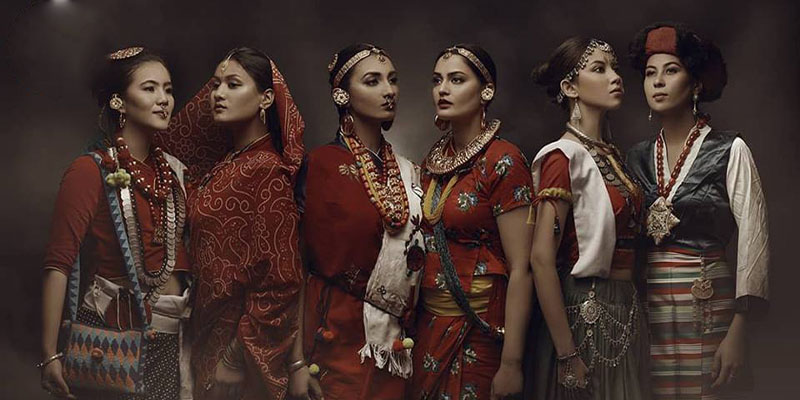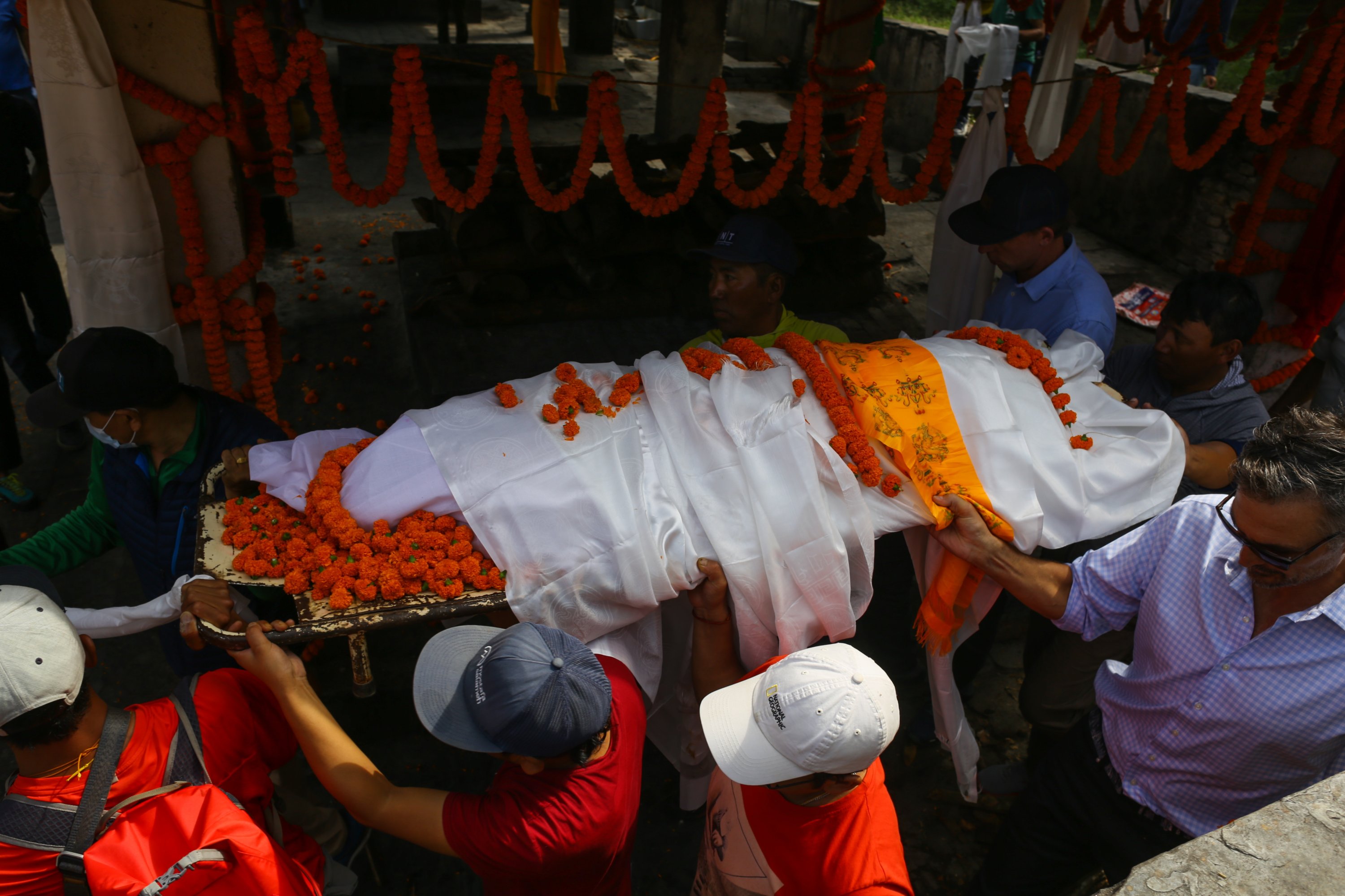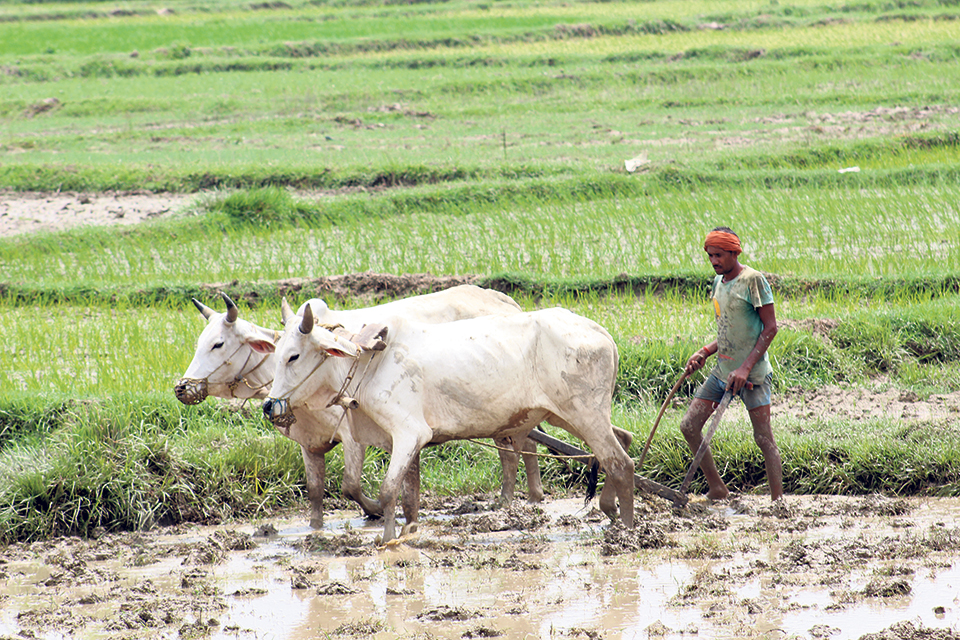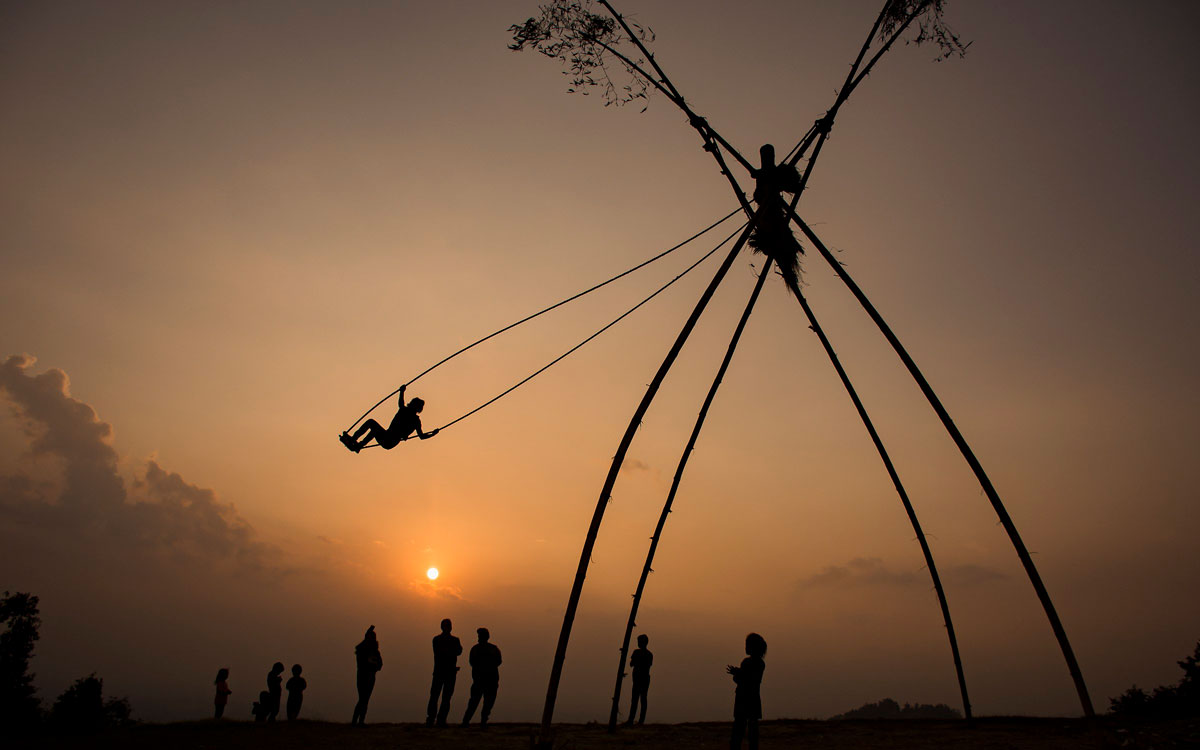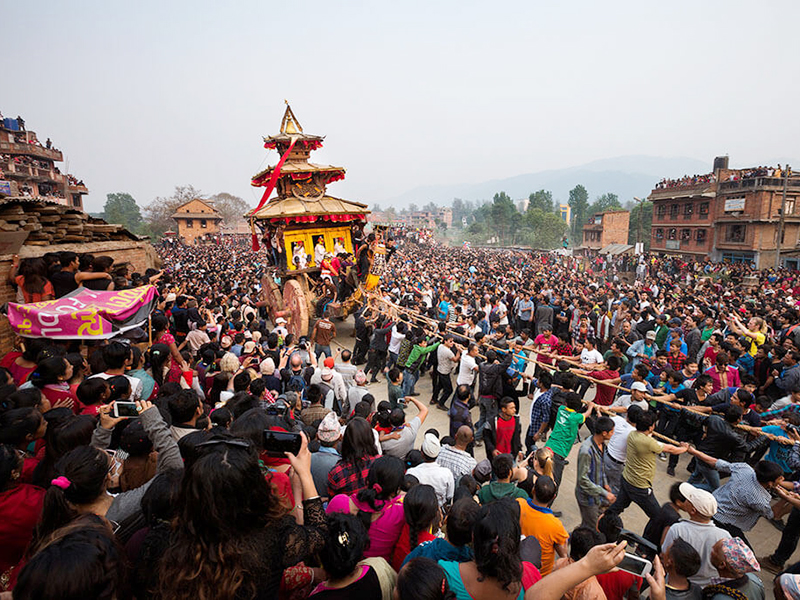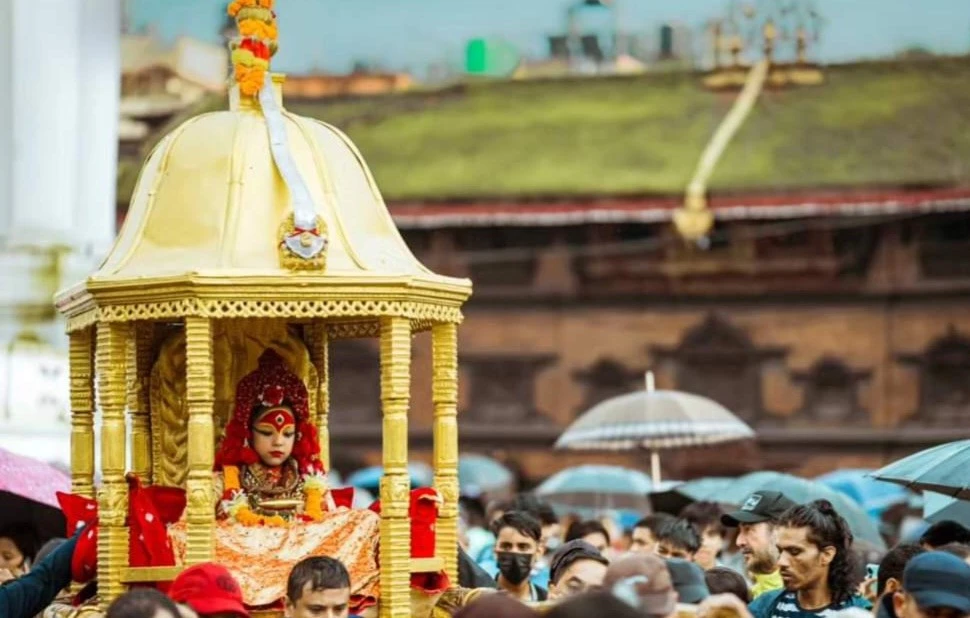Share this Article
The Disappearing Art of Lok Dohori in Village Tapris
There was a time when the hills of Nepal were replete with a conversation that was not only melodious but also spontaneous, witty, and emotionally charged. These conversations came in the form of Lok Dohori — a lyrical exchange sung in harmony between groups, often male and female, in the warm settings of village tapris, or local teashops. But today, those vibrant voices have quieted. Instead of harmoniums, tea shops are crowded with headphones. Mobile screens have replaced madals. And what was once the heartbeat of rural Nepal is now fighting to remain heard.
1. What is Lok Dohori?
At its essence, Lok Dohori, meaning "folk duet," is a traditional Nepali musical form in which two groups engage in lyrical back-and-forth. This duet, often divided along gender lines, is sung with improvisation, humor, and emotional depth. Traditional instruments such as the madal (a hand drum), harmonium, and bansuri (flute) accompany the performances, giving the songs a distinctive folk rhythm.
Lok Dohori is more than just a song. It is a form of storytelling and conversation, a way to debate, flirt, mourn, praise, or express longing. Its themes are diverse, covering love, migration, hardship, festivals, farming, and everyday rural life. The witty verses allow singers to challenge one another creatively, making each performance unique and deeply engaging.
With over a hundred ethnic communities and numerous languages, Nepal is richly diverse. Yet, Lok Dohori has served as a cultural unifier, especially in the hill regions. Despite being rooted in specific communities, its reach has extended far beyond its origin, touching the lives of people throughout the country.
2. Origins and Evolution
Lok Dohori has its roots in Nepal’s agrarian society, where oral tradition was the main medium of storytelling and record-keeping. Before the arrival of electricity, radio, or television, singing was an essential part of communication and community bonding. Farmers sang while working in the fields; travelers composed verses to express longing or narrate events.
Historically, some scholars trace Lok Dohori to the Gandharvas — a caste of traveling musicians known for their narrative songs about legends, heroes, and social events. Others link it to the Magar and Gurung communities, where music is woven into rituals and social life. These influences eventually melded into the recognizable form of Lok Dohori.
In the 1970s and 80s, Lok Dohori found a new life through commercial recording. Artists like Jaya Devkota, Komal Oli, and Sujata Upadhyay brought the genre from village courtyards to national airwaves. Radio Nepal began broadcasting these folk duets, introducing the art form to urban listeners and giving a platform to rural voices.
3. Tapris as Cultural Hubs
In the context of Lok Dohori, village tapris played a unique role. These modest tea shops were more than places to drink chiya (tea). They were informal gathering spaces for the community, where news was shared, politics debated, and songs sung. Evenings would often see groups of young people engaging in Lok Dohori contests, challenging one another with clever verses and quick wit.
Tapris served as grassroots stages for Lok Dohori. They nurtured the spontaneity and social interaction that the art form thrives on. In some regions, these impromptu sessions became so popular that they drew people from neighboring villages. In the absence of formal stages, it was the tapri that kept Lok Dohori alive and accessible.
4. The Shift in the Modern Era
Today, the scene is strikingly different. Many tapris are still there, but the music has faded. The younger generation, increasingly influenced by pop, hip-hop, and foreign genres, often sees Lok Dohori as old-fashioned. The interactive and communal aspects of the genre struggle to compete with the solitary consumption of music on smartphones and social media.
Moreover, many of the traditional instruments are disappearing from regular use. With urban migration and the rise of digital media, fewer young people are learning the madal or harmonium. Singing folk duets in public is now considered by some to be outdated or even embarrassing.
Another shift is the commercialization of Lok Dohori. While commercial recordings brought exposure, they also introduced formulaic compositions that lacked the improvisation and rawness of original tapri performances. Many songs today are produced with scripted verses and polished melodies, reducing the spontaneous nature that made the genre so captivating.
5. The Role of Migration and Urbanization
One of the most significant challenges to Lok Dohori has been the impact of migration. As young people leave villages for cities or foreign countries in search of work and education, they also leave behind traditions like Lok Dohori. Urban life often offers little space for such cultural expressions.
In foreign lands, while diaspora communities do attempt to preserve their culture through organized events, the context is vastly different. The intimacy of the tapri is lost. Additionally, the pressures of modern life rarely allow the time and space for extended folk duets. What was once a natural part of daily life becomes a scheduled performance.
6. The Digital Revival: A Double-Edged Sword
Interestingly, digital platforms have both harmed and helped Lok Dohori. On one hand, platforms like YouTube and TikTok have exposed the genre to global audiences. On the other hand, the focus on visual appeal and instant virality can undermine the lyrical richness and cultural depth of traditional Lok Dohori.
While some young artists have successfully used these platforms to keep Lok Dohori relevant, much of the content lacks the original spirit of dialogue and improvisation. Instead of a live back-and-forth, many modern renditions are scripted and studio-produced.
7. Preservation Efforts and Cultural Recognition
Despite these challenges, there are efforts underway to preserve Lok Dohori. Cultural organizations and radio programs continue to feature folk duets. Some schools and community groups offer training in traditional music and instruments. Government institutions occasionally organize Lok Dohori competitions and festivals.
Ethnomusicologists and cultural historians have also begun to document and archive performances. This academic interest has helped raise awareness of Lok Dohori’s value, but grassroots involvement is still limited. Without widespread community support, such efforts remain symbolic rather than transformative.
8. The Road Ahead: Reclaiming the Tapri Spirit
Reviving Lok Dohori requires more than just recordings and competitions. It calls for a return to its roots — to the interactive, unscripted, and communal nature of singing. Encouraging local events, community gatherings, and tapri-style sessions could breathe new life into the tradition.
Involving schools, colleges, and youth clubs in folk music workshops can also help. Instead of viewing Lok Dohori as outdated, young people should be encouraged to see it as a powerful form of self-expression rooted in their identity. Media houses can play a pivotal role by showcasing authentic performances and promoting real talent over market-driven content.
Conclusion
The disappearing art of Lok Dohori in village tapris is a reflection of broader cultural shifts. As Nepal modernizes, many rural traditions are at risk of being forgotten. Yet, Lok Dohori remains a unique and powerful form of cultural expression that bridges generations and communities.
By acknowledging its value, investing in education and cultural programming, and rekindling the tapri culture that sustained it, Lok Dohori can once again thrive. It can continue to be more than a nostalgic memory — it can be a living, evolving tradition that speaks to the soul of Nepal.
Lok Dohori is not just music. It is conversation, history, and identity sung aloud. Let us not allow that voice to go unheard.
Categories:
Culture & Traditions
Tags:
FolkMusicNepal

